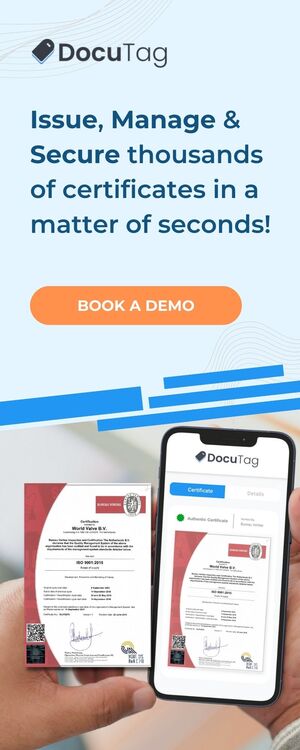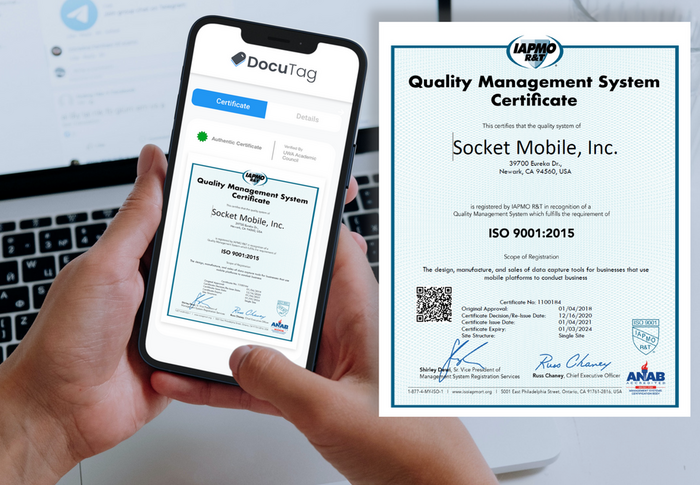Does this product contain ingredients that would trigger my allergy?
 Food allergy reactions can be annoying at times especially when it gets worse or when you are in the midst of enjoying your food. It can range from tingling or itching in the mouth, swelling of lips, face, tongue, or other parts of the body, diarrhea, nausea, or vomiting to dizziness or fainting. According to BBC Future’s report, hospital admissions due to anaphylaxis cases were on the rise in the United States, Australia, Europe, and other regions of the world. In the States alone, hospital visits for food allergies increased threefold from 1993 to 2006 and the rate of food allergies worldwide has increased from around 3% of the population in 1960 to around 7% in 2018. Not only has the rate of allergy cases increased, but the range of food which can trigger food allergies has also widened in the market. Therefore, consumers, these days are very much aware of the ingredients used in a food product and demand more detailed information to be presented on the packaging of the food product. This is to prevent accidental consumption or ingestion of harmful products that may trigger allergic reactions.
Food allergy reactions can be annoying at times especially when it gets worse or when you are in the midst of enjoying your food. It can range from tingling or itching in the mouth, swelling of lips, face, tongue, or other parts of the body, diarrhea, nausea, or vomiting to dizziness or fainting. According to BBC Future’s report, hospital admissions due to anaphylaxis cases were on the rise in the United States, Australia, Europe, and other regions of the world. In the States alone, hospital visits for food allergies increased threefold from 1993 to 2006 and the rate of food allergies worldwide has increased from around 3% of the population in 1960 to around 7% in 2018. Not only has the rate of allergy cases increased, but the range of food which can trigger food allergies has also widened in the market. Therefore, consumers, these days are very much aware of the ingredients used in a food product and demand more detailed information to be presented on the packaging of the food product. This is to prevent accidental consumption or ingestion of harmful products that may trigger allergic reactions.
 Besides, it was reported by the Asia Pacific Food industry that consumers are having difficulty deciphering the meaning of certain ingredients information presented on the packaging of the products due to the scientific name used by the manufacturers. For instance, the ingredient’s name – “Xanthan gum” is a usual thickening agent used in our daily salad dressing to make the dressing appear to be thick in form. In fact, this ingredient is simply a by-product produced through the fermentation of sugar by a type of bacteria called Xanthomonas Campestris. The complexity of the ingredients name may pose a problem to layman consumers deciding to buy a food product as consumers find it difficult to decipher the true meaning behind the term. According to a report by Label Insight and the Food Marketing Institute (FMI), 86% of shoppers have responded that a clearer and ‘easy to understand’ ingredient information is able to provide them with more confidence and trust towards a food product, and thus drives them to purchase the brand’s food product. However, considering the amount and breadth of information required is much greater than the space provided on the packaging of a product, how do manufacturers and brand owners ensure that the right information is well-presented to the consumers in such a way that they are able to understand the ingredients used and the origins of these ingredients?
Besides, it was reported by the Asia Pacific Food industry that consumers are having difficulty deciphering the meaning of certain ingredients information presented on the packaging of the products due to the scientific name used by the manufacturers. For instance, the ingredient’s name – “Xanthan gum” is a usual thickening agent used in our daily salad dressing to make the dressing appear to be thick in form. In fact, this ingredient is simply a by-product produced through the fermentation of sugar by a type of bacteria called Xanthomonas Campestris. The complexity of the ingredients name may pose a problem to layman consumers deciding to buy a food product as consumers find it difficult to decipher the true meaning behind the term. According to a report by Label Insight and the Food Marketing Institute (FMI), 86% of shoppers have responded that a clearer and ‘easy to understand’ ingredient information is able to provide them with more confidence and trust towards a food product, and thus drives them to purchase the brand’s food product. However, considering the amount and breadth of information required is much greater than the space provided on the packaging of a product, how do manufacturers and brand owners ensure that the right information is well-presented to the consumers in such a way that they are able to understand the ingredients used and the origins of these ingredients?
Integrating technology into presenting ingredient information
As consumers are demanding more information regarding the ingredients and quality of a food product, manufacturers and brand owners may fall into the problem of effective information presentation. Should they increase the size and space of the packaging of their products? Should they just stick with their old style of information presentation and await the right consumers to purchase the product?
Neither of them is the right solution.

In fact, with the recent technology developments, many food producers and brand owners have found the best way out of it. One of the many technologies that have been integrated into solving the problem is based on the use of Quick Response (QR) code. Through the use of QR codes, food producers and brand owners are able to present as much information about their products digitally to the consumers. QR codes allow users to verify the validity of a food product’s detailed information and access the most updated information of the product, such as the new packaging of a food product. Besides, as QR code contains complex design with encryption technology, the information about the product cannot be altered or counterfeited easily by a third party, therefore, provides a high degree of security towards a brand’s product information.

Secondly, the use of recent emerging technology – Blockchain. This technology is referred to as a decentralized, distributed ledger that records the provenance of a digital asset. It is a secure form of managing digital records so that it can be used to trace and track sequential activities in different industries and products. Similarly, when blockchain technology is used in the food production industry, thorough information presentation becomes much more convenient for food producers and manufacturers. It allows food producers and manufacturers to present detailed information beyond the limited space provided on the packaging of the product, thus allowing consumers to have a better understanding of the overall information of the product. Moreover, the application of blockchain technology to food product information also provides a few other benefits to consumers on the behalf of the food producers and brand owners. For instance, blockchain technology allows greater transparency on the information and origins of the food products, which could help to reduce the possibility of food fraud in the market. In other words, consumers are able to track and trace the detailed information of a brand’s food product via the unique code presented on the packaging of the product. For instance, during the purchasing of agricultural food products, blockchain technology allows consumers to track the journey of the food products from farms to stores. It allows consumers to see and understand the detailed information of the products, such as when it was harvested or packed, how it was delivered and the processes in other parts of the supply chain, reassuring them on the quality of products or alternatively allowing them to make decisions on which food products to avoid.
With the uniqueness of each individual code in blockchain technology, it provides a high level of security due to its complexity to be counterfeited and tampered with. Every block that has been created in the system has its very own unique cryptographic key, which is created and stored in the next block. Therefore, brand owners and manufacturers are able to publish detailed ingredients information about their products, and still rest assured that the information will not be misused while educating the consumers about the origins and details of the products.

Lastly, due to its high security and transparency provision, blockchain technology has been the new interest of many technology enthusiasts, and the term “blockchain enthusiast” was also formed due to the large population of fans it has all around the world. Understanding the benefits and potential of blockchain technology, Luxtag aims to further spread the knowledge and convenience of blockchain through their very own solution – BrandTag that it has recently developed. By taking in the concern of many consumers when it comes to purchasing a food product, BrandTag uses blockchain technology to help brand owners and manufacturers to prove their brand story and product transparency with accessible documentation to verify authenticity claims. Thus, provide the confidence and trust consumers needed towards a brand’s products. Engagement and consumer trust go a long way for a brand, and with BrandTag, brand owners are able to achieve both at the same time without going through much hustle! Get on the bandwagon now and find out more about how BrandTag can help to enhance consumer’s product experience as a whole!
Let your product do the work for you.
Combating counterfeiters is exhausting, we get it. That’s why we developed BrandTag. With BrandTag, your products will promote their authenticity and protect themselves from being counterfeited, with just a scan!






